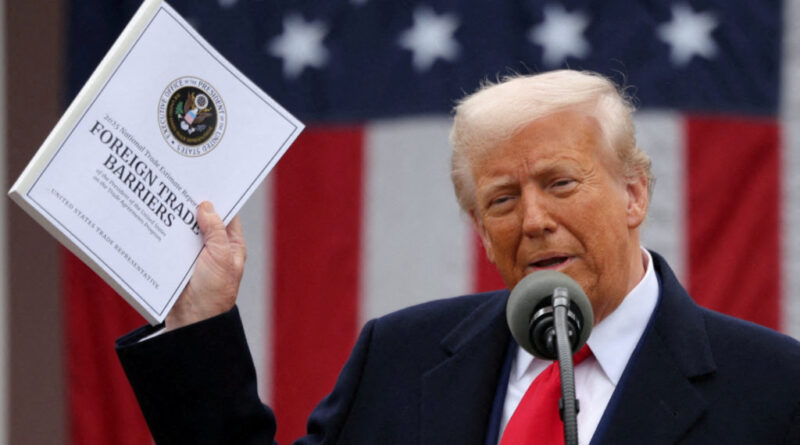US-China Tariff Agreement Extension Hangs in the Balance
As we approach Tuesday, uncertainty shrouds the possibility of the United States prolonging the temporary halt on tariff increments for China, initially set for 90 days. Following conclusive negotiations between the U.S. and China towards the end of the previous month, both parties hinted towards an additional 90-day extension. Yet, the ultimate determination lies in the hands of President Donald Trump, who, to date, has yet to officially announce his decision.
In the absence of a definitive path, businesses hang in the balance, with potential escalated import fees posing a threat to the global market. President Trump’s fluctuating tariff deadlines and rates further contribute to the ambiguity. Interestingly, neither of the involved parties has suggested their forthcoming strategies for Tuesday.
Should the U.S. elect to prolong the deadline for a trade agreement with China, former threats of imposing tariffs as high as 245% would be momentarily averted. These escalated tariffs were conceived as a solution to America’s substantial and enduring trade deficit with China, which plummeted to a two-decade low in July due to impending tariff threats taking a toll on Chinese exports.
Historically, U.S. trade negotiation updates are common, but it’s unusual for China to disclose any information ahead of substantial decisions. Beijing, at this point, still opts for silence as we approach the looming Tuesday deadline. In a recent conversation, U.S. Vice President JD Vance disclosed that President Trump remains undecided about whether to impose additional tariffs on Beijing due to its continued oil acquisition from Russia.
Mammoth tariffs on China’s export goods to the U.S could plunge Beijing into a precarious situation, particularly as the country battles to resuscitate its economy, world’s second largest, from a prolonged property market depression. Additionally, the enduring COVID-19 pandemic aftermath has forced dependence on irregular jobs or ‘gig work,’ complicated the employment scene.
Exorbitant duties on minor parcel imports from China have unintentionally battered smaller production houses, triggering a cascade of employment terminations. Nonetheless, the U.S. continues to heavily rely on a broad range of Chinese import goods, which include everyday consumer goods, wind turbine technology, fundamental computer chips, batteries for electric vehicles, and rare earths necessary to manufacture them, ultimately providing China with substantial bargaining power in the ongoing negotiations.
Despite the burden of increased tariffs, China maintains its competitive edge for many products. The country’s leaders are knowledgeable of the yet-to-come ramifications the U.S. economy will experience due to the uptick in pricing as a result of tariff hikes. Presently, imported goods from China are subjected to a baseline tariff of 10%, complemented by an additional 20% surcharge linked to the fentanyl predicament. Other goods draw even higher rates.
The reverse scenario, where U.S. exports to China are concerned, attracts an approximate tariff of 30%. When negotiations reached a stalemate, President Trump advocated for massive import duties of 245% on Chinese goods, a proposal to which China reciprocated by contemplating an increased tariff of up to 125% on U.S. merchandises.
A full-blown trade war involving the globe’s two most substantial economies would send ripples across the international economy, impacting industrial supply chains, commodity demand like copper and oil, and introducing geopolitical complications like the situation in Ukraine.
After engaging Chinese leader Xi Jinping in a telephonic conversation, President Trump expressed his desire for an in-person meeting later this year. This indicates an eagerness to reach a compromise with Beijing.
If the current ceasefire between the two nations flounders, we could see an intensification in trade tensions and a potential surge in tariffs. Such an outcome could unleash greater difficulties for both economies and send shockwaves through global markets. The uncertainty could force businesses to hold off on prospective investments and job creation, while an inflationary wave could sweep through economies.

